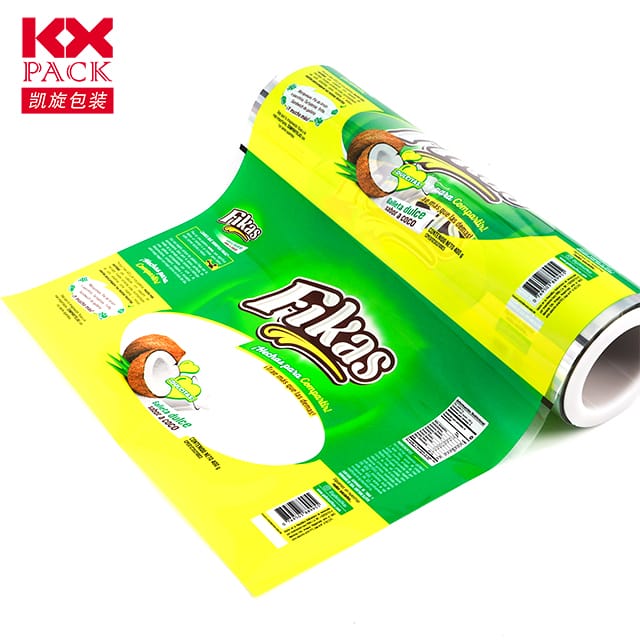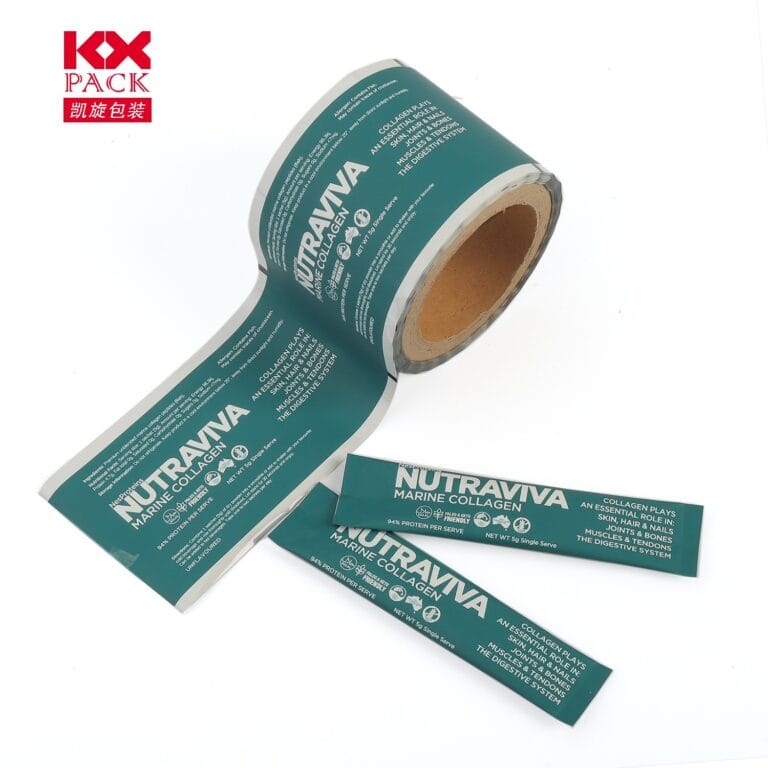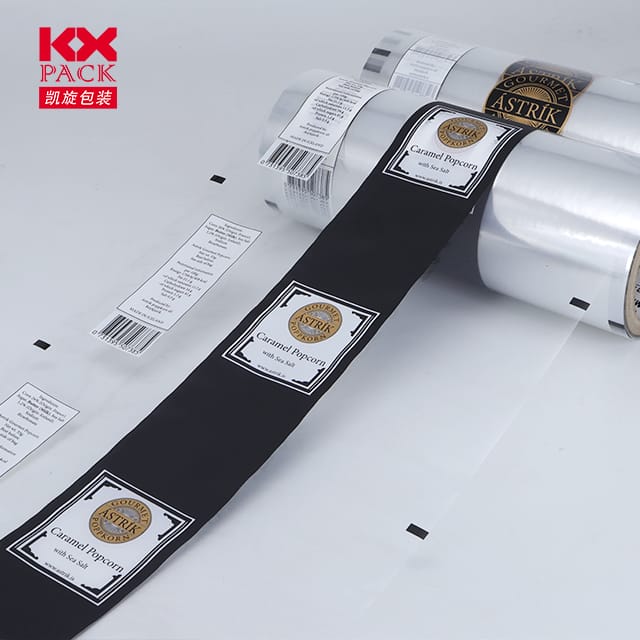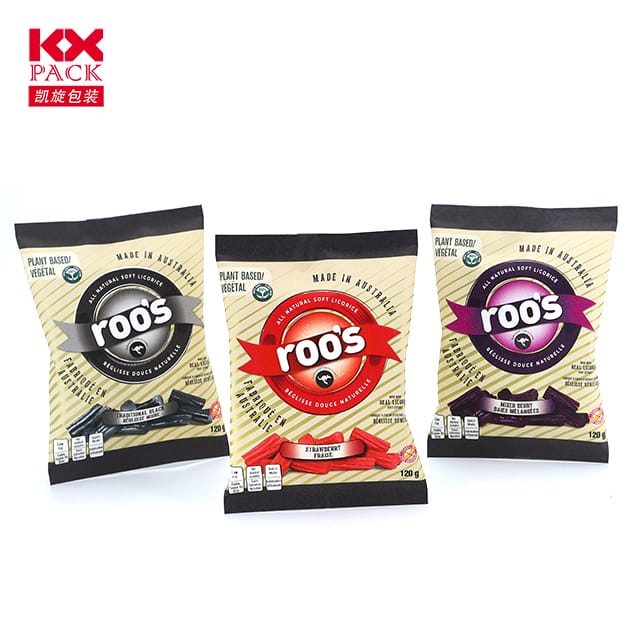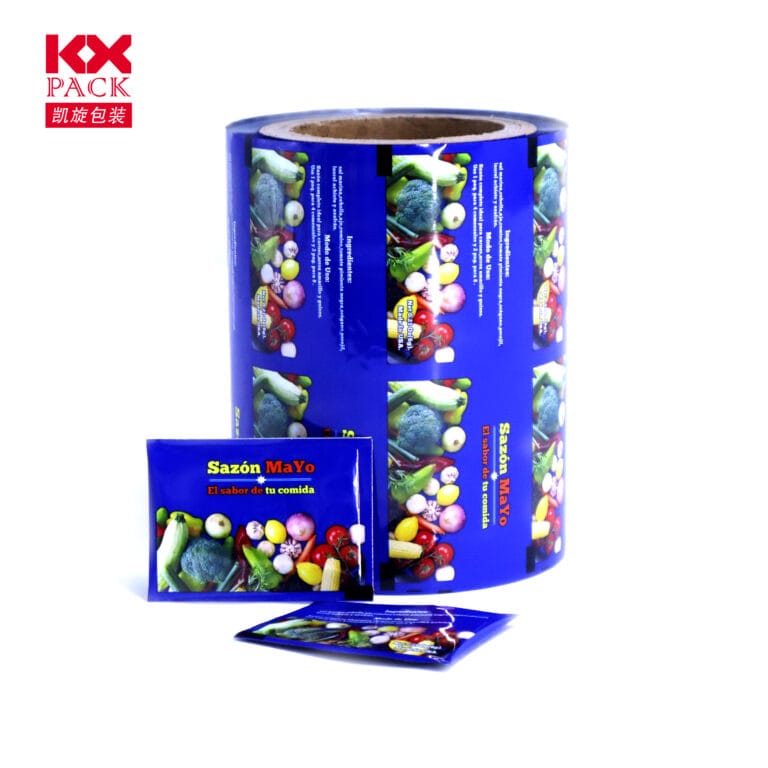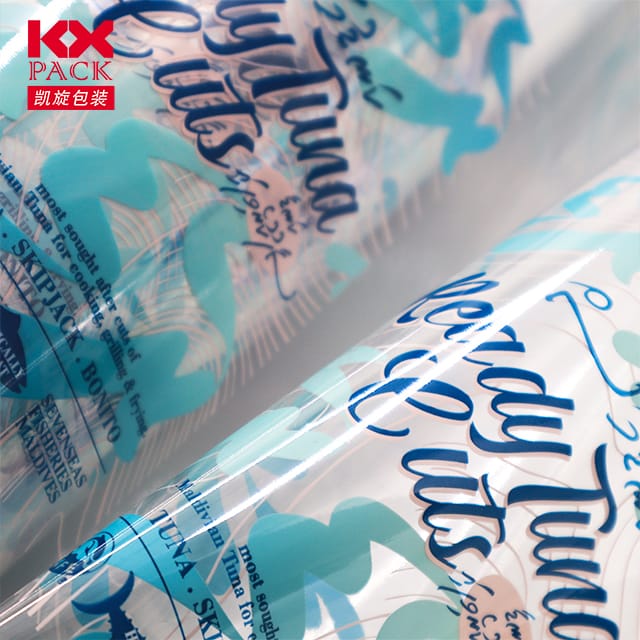دور وتطور تغليف الأفلام البلاستيكية: موازنة الوظائف والاستدامة
Plastic Film Packaging
Plastic film packaging has long been a cornerstone of modern consumer goods, طعام, والقطاعات الصناعية. براعة, الفعالية من حيث التكلفة, والقدرة على الحفاظ على نضارة المنتج جعلتها لا غنى عنها. لكن, كمخاوف بيئية جبل, المصنّعون والمستهلكون على حد سواء يعيدون تقييم دورها. دعنا نستكشف ديناميات تغليف الأفلام البلاستيكية, تحدياتها, and its sustainable future.
Why Plastic Film Packaging Dominates the Market
Plastic films, بما في ذلك البولي ايثيلين (PE), البولي بروبيلين (ص), and polyvinyl chloride (بولي كلوريد الفينيل), are favored for several reasons:
- Protection and Preservation: These films act as barriers against moisture, الأكسجين, والملوثات, extending the shelf life of perishable goods like food, الأدوية, والإلكترونيات.
- Lightweight and Flexible: Their malleability allows for custom shapes and sizes, reducing material waste and shipping costs.
- كفاءة التكلفة: Compared to alternatives like glass or metal, plastic films are cheaper to produce and transport, making them ideal for mass-market products.
- الشفافية والقابلية للطباعة: عرض منتجات Clear Films, while printed designs enhance branding and consumer appeal.
Environmental Challenges and Industry Responses
على الرغم من مزاياه, plastic film packaging faces severe criticism due to its environmental impact:
- Single-Use Waste: A significant portion of plastic films ends up in landfills or oceans, contributing to pollution and harming wildlife.
- إعادة تدوير العقبات: Many plastic films are difficult to recycle due to contamination, mixed materials, or lack of infrastructure.
In response, the industry is pivoting towardsustainable alternatives:
- أفلام قابلة للتحلل وقابلة للسماد: Innovations include plant-based polymers (على سبيل المثال, PLA from corn starch) and oxo-biodegradable additives that accelerate breakdown in natural environments.
- المحتوى المعاد تدويره: Manufacturers are incorporating post-consumer recycled (PCR) materials into films, reducing reliance on virgin plastics.
- أنظمة التعبئة والتغليف القابلة لإعادة الاستخدام: Brands are experimenting with refillable containers and return-and-reuse models to minimize single-use waste.
- تقنيات إعادة التدوير المتقدمة: طرق إعادة التدوير الكيميائية, such as pyrolysis, are being explored to transform mixed plastics into reusable raw materials.
Industry Trends Shaping the Future
- الضغوط التنظيمية: Governments worldwide are imposing stricter rules on plastic use. على سبيل المثال, the EU’s Single-Use Plastics Directive bans certain non-recyclable items, pushing companies to innovate.
- Consumer Demand for Eco-Friendly Options: Surveys show that 70% of consumers are willing to pay more for sustainable packaging, driving brands to adopt greener solutions.
- مبادرات الاقتصاد الدائري: Leading companies are investing in closed-loop systems where packaging is collected, معاد تدويره, and repurposed endlessly.
- التقدم التكنولوجي:
- Barrier Coatings: Nanotechnology-enhanced films improve oxygen and moisture resistance, reducing the need for thick, multi-layer packaging.
- أفلام صالحة للأكل: Made from seaweed or starch, these biodegradable coatings are gaining traction in the food industry.
Case Study: Success in Sustainable Packaging
TakeLoop, a global reusable packaging platform partnering with brands like Unilever and Nestlé. Customers receive products in durable, reusable containers, which are collected, تنظيف, وإعادة ملء. This model reduces plastic waste by up to 90% compared to single-use packaging.
بصورة مماثلة, Apeel Sciences has developed an edible, plant-based coating that extends the shelf life of fruits and vegetables, reducing the need for plastic wraps.
The Path Forward: Collaboration and Innovation
Achieving a sustainable future for plastic film packaging requires collective effort:
- Industry Collaboration: الشركات المصنعة, تجار التجزئة, and recyclers must work together to standardize recycling processes and invest in infrastructure.
- تعليم المستهلك: Raising awareness about proper disposal and recycling habits is critical.
- دعم السياسة: Governments should incentivize sustainable practices through tax breaks or grants for R&د.
استنتاج
Plastic film packaging is at a crossroads. While its functionality remains unmatched, the industry must prioritize sustainability to survive. من خلال تبني المواد القابلة للتحلل البيولوجي, نماذج الاقتصاد الدائري, and innovative technologies, manufacturers can reduce their environmental footprint without compromising quality or cost-efficiency.
The question is no longerwhether to use plastic film packaging, buthow to use it responsibly. The future belongs to those who balance innovation with eco-consciousness.
What steps do you think brands should take to make plastic film packaging more sustainable? دعنا نناقش في التعليقات! 🌍📦
الكلمات الرئيسية: plastic film packaging, الاستدامة, قابل للتحلل, الاقتصاد الدائري, إعادة التدوير, ابتكار.

